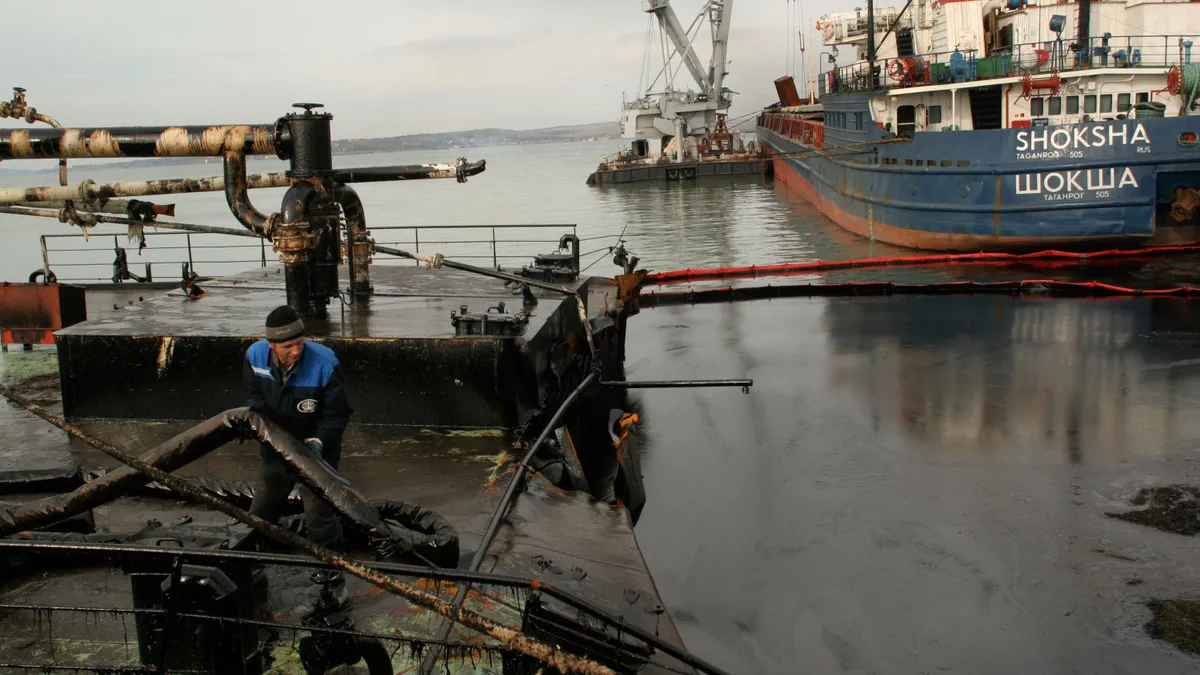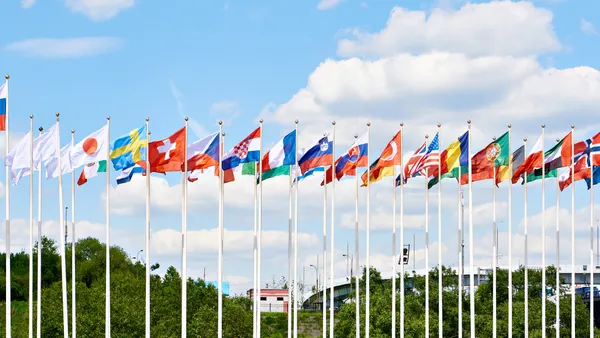The war in Ukraine, lingering effects of the pandemic, inflation and other macroeconomic and geopolitical factors are hitting all at once but fair value determinations still depend on individual business and operational factors, valuation specialists said in a Kroll webcast last week.
The uncertainty caused by the war and the spike in energy costs it’s unleashed, among other things, can make the market seem a lot like the beginning of the pandemic two years ago, when executives and investors struggled for a clear picture of what was happening.
But the environment today is less like the beginning of the pandemic and more like the later months when it became clear COVID-19 was creating winners and losers rather than bringing everybody down equally.
“At the time there was so much uncertainty,” said Ryan McNelley, managing director and portfolio valuation leader for the European market at Kroll. “The prevailing view was it would impact everybody to a similar degree but what we learned was the impact was more spotty. As we sit here in 2022 … what we’re hearing from our clients is it’s much more case-by-case than it was two years ago.”
Even for companies that have exposure to the Russian oil and gas industry, which is reeling from Western sanctions and government-mandated disinvestment, it would be a mistake to simply write down valuations to zero in the belief calculating a fair value is impossible.
“Things are down 90% and 95% and, yes, that’s very close to zero, and zero may seem like a bit of an easier answer,” said McNelley. “But after the fact, when someone says, ‘How did you come up with that?’ you wouldn’t be able to defend that as being a robustly determined fair value. You don’t want to put yourself in that position.”
Given the degree of subjectivity any valuation would reflect in trying to pinpoint a number today, going through the exercise would always be the better approach, he said.
“One person might argue it’s 5 cents on the dollar,” he said. “The next person might argue it’s 10 cents. Neither is more right or wrong, but at least both will have some rationale behind them and they won’t be demonstrably wrong and you want to be able to defend the answer, if need be, down the road.”
Degrees of impact
Even for companies not directly exposed to Russia, there are concentric circles of impacts that make it a uniquely hard time to calculate valuations, especially in the energy sector because, separate from the war, you have the longer-term move away from carbon fuels as part of the environmental, social and governance (ESG) trend.
“You have the effects of a war, wrapped in a pandemic, inside an energy transition,” said David Scott, managing director of alternative asset advisory at Kroll.
The war, in fact, has thrown the energy sector into a kind of confusion, especially in Europe, because the U.K. and European Union are trying to move away from carbon fuels, but because of the war, they need to seek more carbon fuel imports, from the U.S. and elsewhere, to ensure energy security as long as the war rages.
Even so, the long-term trend remains away from carbon fuels and the war isn’t changing that.
“The train has absolutely left the station in the energy transition,” said Scott. “It’s not something to be held back, but maybe more [short-term] equations need to be made given circumstances.”
Rising inflation and the lingering impacts of the pandemic are among the other macroeconomic factors that the war is being waged against, further complicating valuations. But, as with the pandemic, it’s possible to tease out the unique ways each company is impacted by the mix of conditions.
“What will future cash flows be?” said David Larsen, managing director of alternative asset advisory at Kroll. “What’s the impact of the tightened labor market, higher energy costs, wider credit spreads, higher inflation? You have to ask these questions to come to that fair value conclusion today.”













